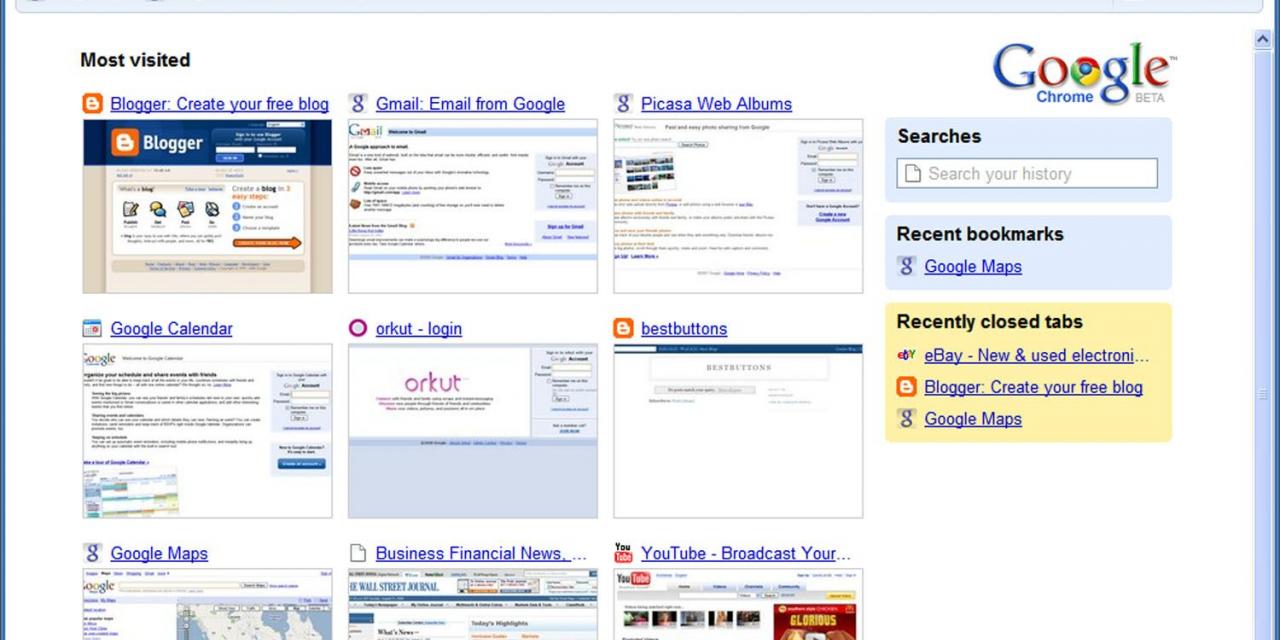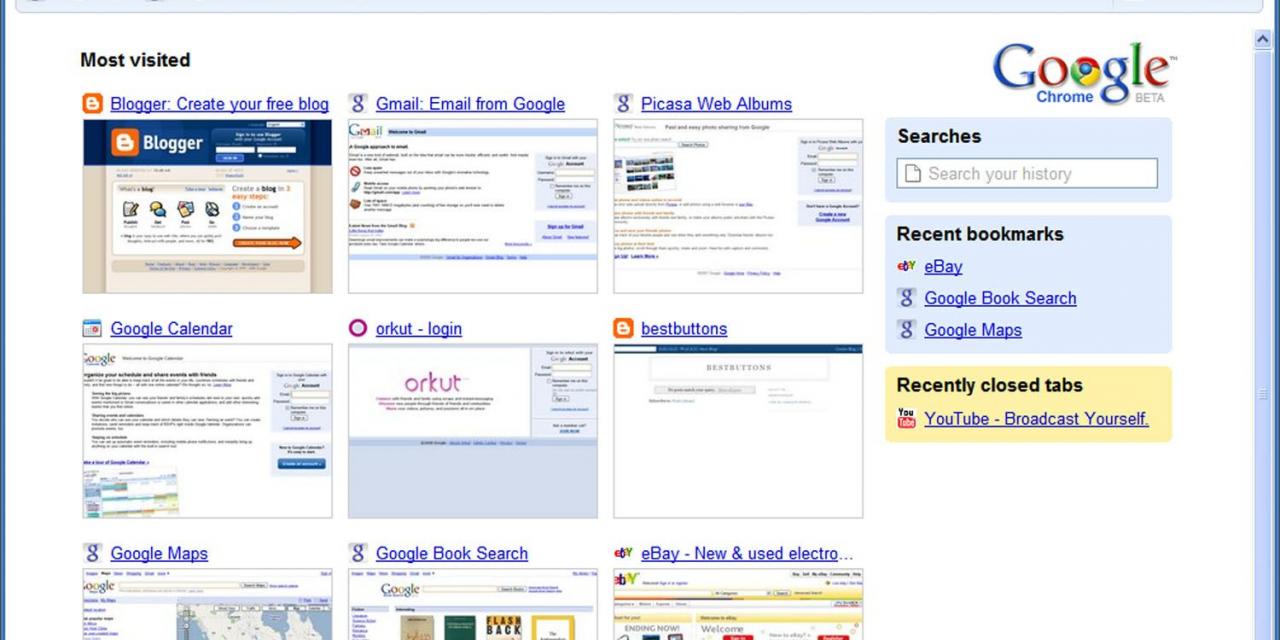



Google today launched Google Chrome, a new open source browser intended to create a better web experience for users around the world.
Available in beta in more than 40 languages, Google Chrome is a new approach to the browser that's based on the simplicity and power that users have come to expect from Google products.
In the early days of the Internet, web pages were frequently little more than text. But today the web has evolved into a powerful platform that enables users to collaborate with friends and colleagues through email and other web applications, edit documents, watch videos, listen to music, manage finances and much more. Google Chrome was built for today's web and for the applications of tomorrow.
"We think of the browser as the window to the web - it's a tool for users to interact with the web sites and applications they care about, and it's important that we don't get in the way of that experience," said Sundar Pichai, Vice President of Product Management, Google Inc. "Just like the classic Google homepage, Google Chrome has a simple user interface with a sophisticated core to enable the modern web."
Google Chrome was designed to make it easy for users to search and navigate the web for the content they're looking for.
- A combined search and address bar quickly takes users where they want to go, often in just a few keystrokes.
- When users open a new tab in Google Chrome, they'll see a page that includes snapshots of their most-visited sites, recent searches and bookmarks, making it even easier to navigate the web.
- Each browser tab operates as a separate process; by isolating tabs, should one tab crash or misbehave, others remain stable and responsive, and users can continue working without having to restart Google Chrome.
- Google also built a new JavaScript engine, V8, which not only speeds up today's web applications, but enables a whole new class of web applications that couldn't exist on today's browsers.
"While we see this as a fundamental shift in the way people think about browsers, we realize that we couldn't have created Google Chrome on our own," said Linus Upson, Director of Engineering, Google Inc. "Google Chrome was built upon other open source projects that are making significant contributions to browser technology and have helped to spur competition and innovation."
Google Chrome is being released as an open source project under the name Chromium. The intent is that Google will help make future browsers better by contributing the underlying technology in Google Chrome to the market, while continuing to develop additional features.
Google Chrome is being released in beta for Windows in over 100 countries in the following languages: Chinese (Traditional), Chinese (Simplified), Dutch, French, German, Italian, Japanese, Korean, Portuguese (Portugal), Portuguese (Brazil), Russian, Spanish, Spanish (Latin America), Turkish, English (US), English (UK), Arabic, Czech, Danish, Hebrew, Hindi, Norwegian, Polish, Swedish, Indonesian, Ukrainian, Bulgarian, Catalan, Croatian, Filipino, Finnish, Greek, Hungarian, Latvian, Lithuanian, Romanian, Serbian, Slovakian, Slovenian, Thai, Vietnamese, and Estonian.
Google Chrome for Mac and Linux users will be available in the coming months.





